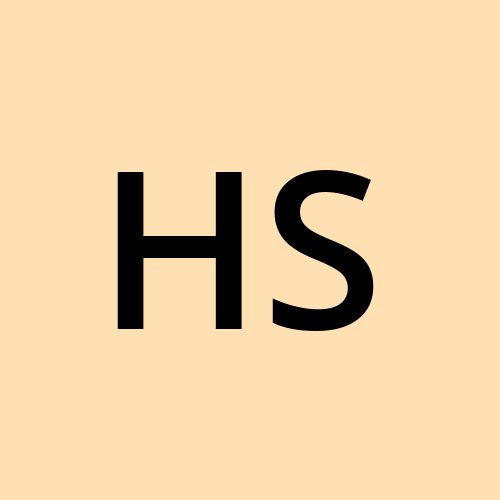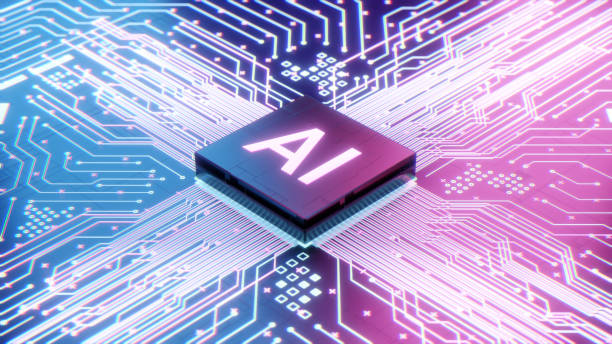Exploring the Copyright Challenges of AI-Generated Art
 Harsh Shukla
Harsh Shukla
As the use of artificial intelligence (AI) in the creation of art becomes more prevalent, it is important to understand the implications of copyright laws in relation to AI-generated art. One of the main questions surrounding AI-generated art is who holds the copyright – the artist who programmed the AI, the AI itself, or the person who commissioned the work? The answer, according to current copyright laws, is that the copyright belongs to the person who programmed the AI.
This is because copyright law recognizes the programmer as the “author” of the work, as they have created the underlying code that produces the art. However, there is ongoing debate about whether this interpretation is fair, given the role that the AI plays in creating the art.
Another issue with AI-generated art is the question of originality. In order for a work to be eligible for copyright protection, it must be original and creative. Some argue that because AI is capable of producing an infinite number of variations on a theme, it is impossible for any single AI-generated work to be considered original.
Additionally, there are concerns about the ethical implications of granting copyright protection to AI-generated art. Critics argue that it could lead to the exploitation of AI by giving companies and individuals the ability to profit off of the work of AI without properly compensating the AI itself.
Despite these challenges, many believe that AI has the potential to revolutionize the art world and push the boundaries of what is possible in terms of creativity and originality. As the use of AI in art continues to evolve, it will be important for lawmakers and industry experts to come up with solutions that protect the rights of all parties involved.
In conclusion, the copyright laws surrounding AI-generated art are complex and still being debated. It is clear that the current laws give ownership to the programmer, but there are ongoing discussions about whether this is fair and whether additional safeguards are needed to protect the rights of AI and those who commission its work. As the use of AI in art continues to grow, it will be important to continue these discussions and find solutions that work for all parties involved.
Subscribe to my newsletter
Read articles from Harsh Shukla directly inside your inbox. Subscribe to the newsletter, and don't miss out.
Written by
